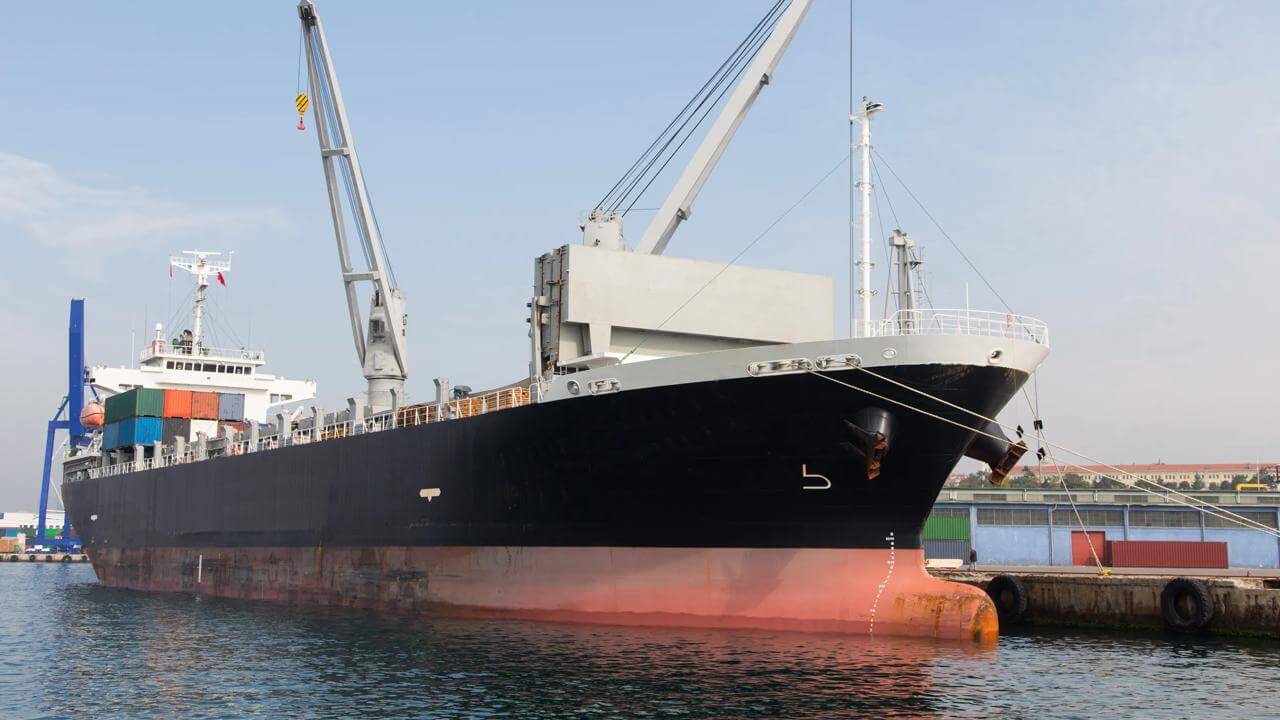The European Insurance and Occupational Pensions Authority (EIOPA) has recently published two supervisory statements that could impact insurers.
The use of governance arrangements in third countries
Following discussions in August 2022, EIOPA has released a statement on the use of governance arrangements in third countries to perform functions or activities.
Governance arrangements are a specific concern of EIOPA, specifically where the regulated firm uses a third-country brand to conduct regulated functions and activities. EIOPA’s concern is that this carries an increased risk of undermining effective risk management and decision-making.
Considerations for insurers
Insurers operating in a third country must ensure they can effectively demonstrate an appropriate level of supervision and monitoring of key decision-makers.
The implementation of climate-related adaption measures in non-life underwriting practices
Earlier this month, EIOPA published a report on the implementation of climate-related adaptation measures in non-life underwriting practices. This includes consideration of climate-related adaption measures such as water-resistant walls or doors in the event of a flood.
Sourced from 31 insurance undertakings in 14 countries, the report aims to understand and better maintain the future accessibility of coverage against climate-related hazards. Although the market appears to be at an early stage of implementation, the report has identified three main challenges to achieving universal implementation of adaptation measures. Those challenges are:
- a lack of policyholder awareness about the influence of climate change on their physical risk exposures;
- difficulties for insurers in implementing adaptations measures in standardised contracts; and
- the costs of materials needed to facilitate adaptation measures.
To address these challenges, EIOPA intends to:
- study possible tools to enhance climate-related risk awareness and the understanding of related prevention measures within society and the insurance industry;
- develop ways to improve the collection of insured loss data and facilitate the use of open-source modelling of climate risks. This should increase risk awareness and help to better understand the risks around which adaptation measures are modelled; and
- assess the potential for prudential treatment of climate-related adaptation measures in non-life insurance and reassess capital charges for natural catastrophe risk in Solvency II’s standard formula.
Contents
- The Word, February 2023
- Product distribution – protecting yourself from an early exit
- Brian Leighton (Garages) Ltd v Allianz – guidance on the meaning of ‘proximate cause'
- Court of Appeal considers law and jurisdiction clause within suite of multi-risk policies
- ChatGPT – is AI a help or hindrance to underwriters?
- A Rise in Cryptocurrency Hacks
- Many businesses (still) not protected against cyberattacks, report says
- A new wave of claims?
Key contact

Tim Johnson
Partner
tim.johnson@brownejacobson.com
+44 (0)115 976 6557








































